Back in black
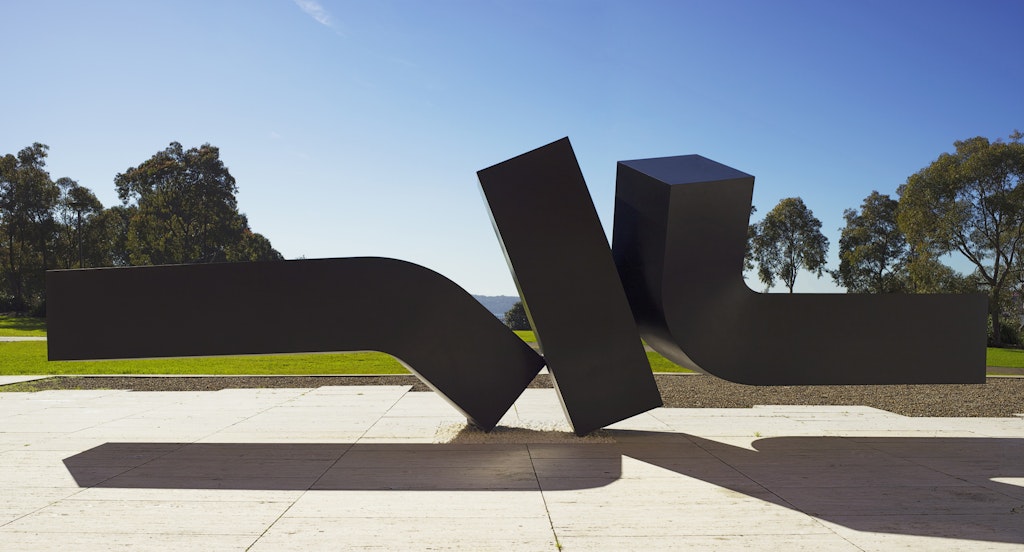
Clement Meadmore’s newly restored Flippant flurry 1977–78
After a mammoth conservation treatment, a massive one-tonne sculpture by one of Australia’s most important and highest profile sculptors is back on display at the Art Gallery of New South Wales – structurally stable, rust removed and with a satin black finish.
For the past year I’ve been involved in a project – generously supported by the Macquarie Group – to restore Flippant flurry, an outdoor sculpture by Clement Meadmore (1926–2005).
In the 1960s Meadmore moved to the US seeking better opportunities for his sculpture making. He fell in with an art fabrication company, Lippencott of New York, and was given the opportunity to use a new material, which was being marketed as Cor-ten steel (now generally known as weathering steel). Outdoors, this material develops a protective rusted surface – in theory. Sydney, however, with our warm, moist air and salty sea breezes, provides a corrosive climate for metals. But that was just the beginning of our conservation challenges.
Built in 1977–78, Flippant flurry was shipped to Sydney in 1979 and installed next to the Gallery, overlooking the harbour. After a long journey, it’s there again now.
Follow some of that journey in our image gallery.
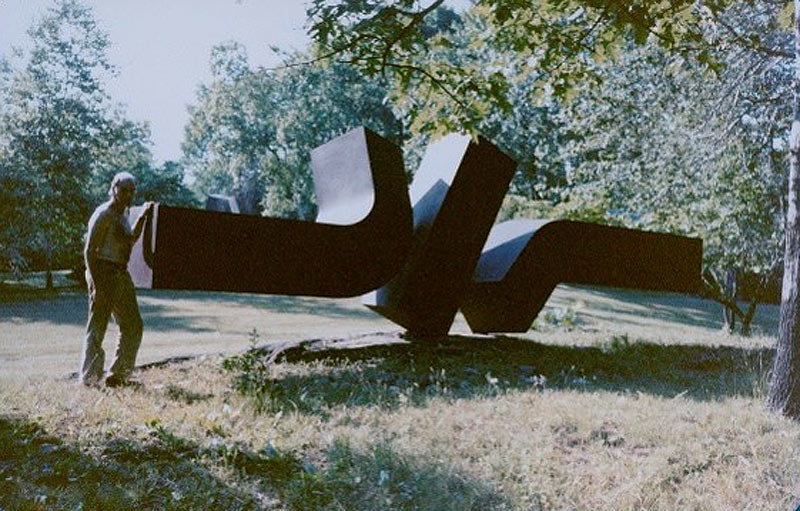
Artist Clement Meadmore with Flippant flurry in the USA before it was shipped to Australia.
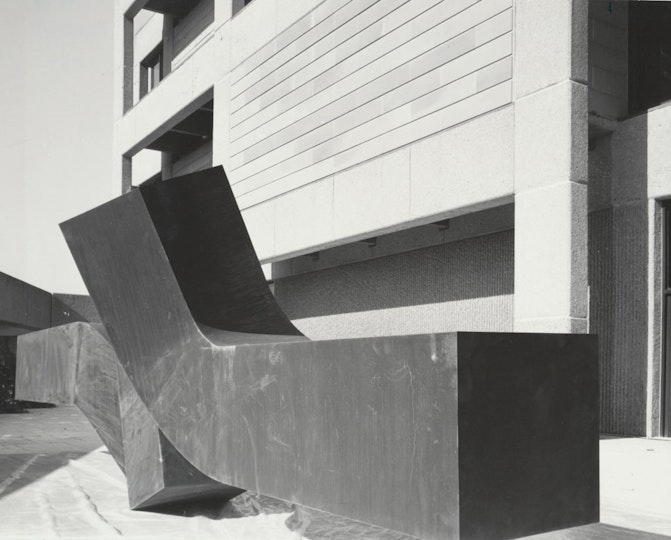
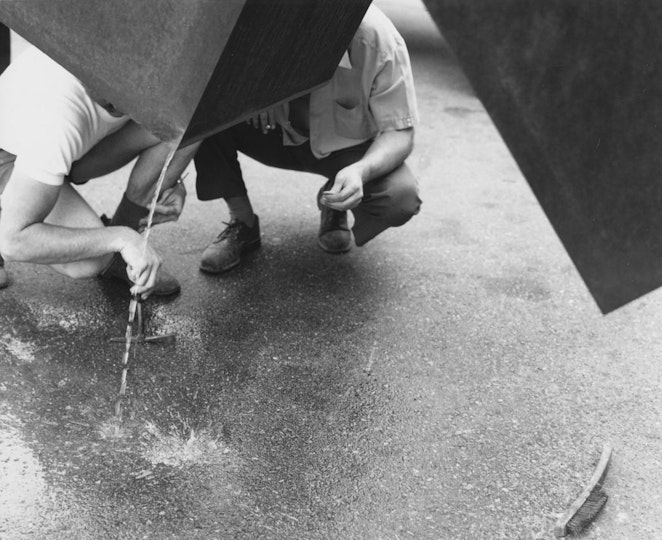
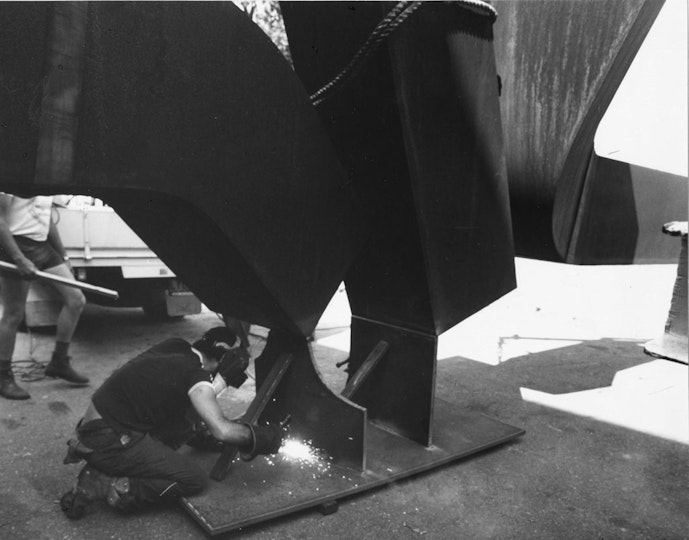
Flippant flurry needed to be moved. First, metal plates were welded on, which would be used to secure it in its new open grass site.
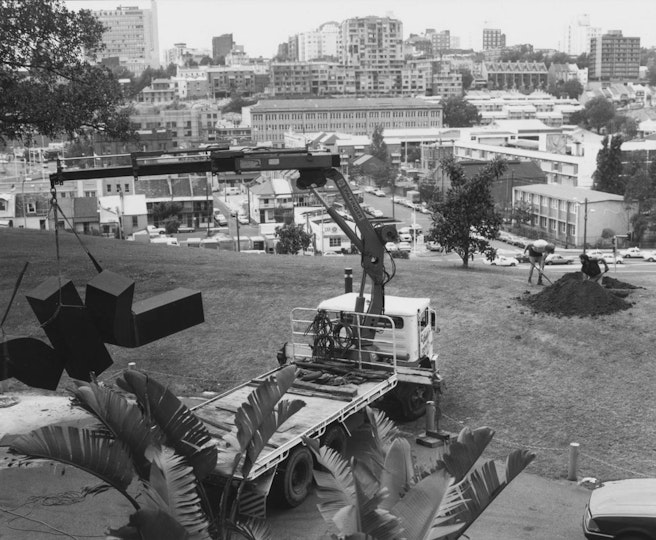
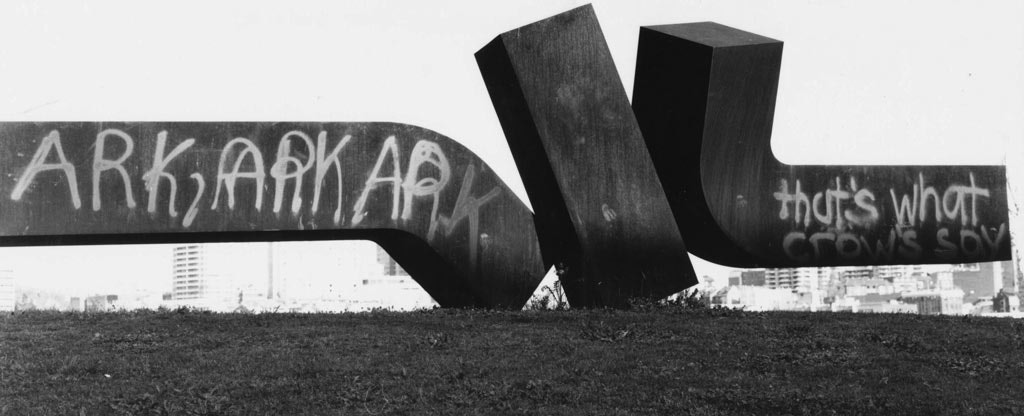
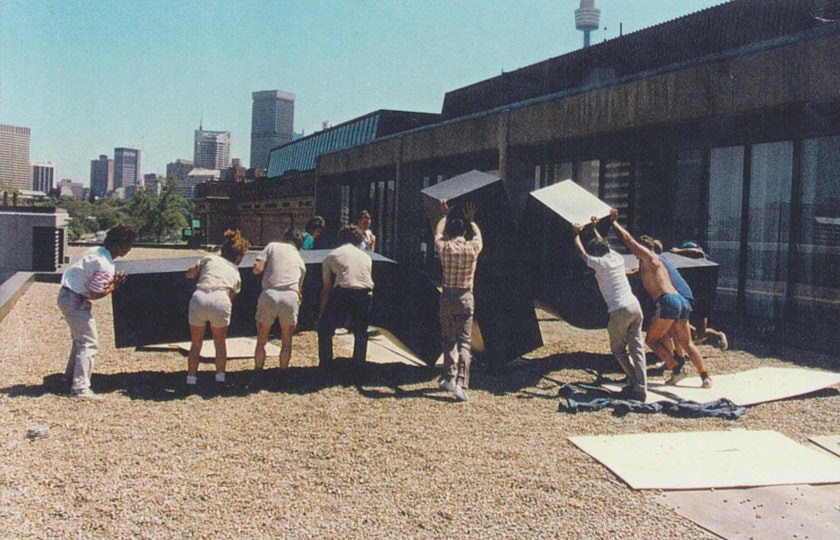
In 1990, Flippant flurry was craned onto what was then the Gallery's sculpture terrace then 'walked' into position - definitely not a technique we would use today. It looked good there but later had to be moved again when the new Asian galleries were built.
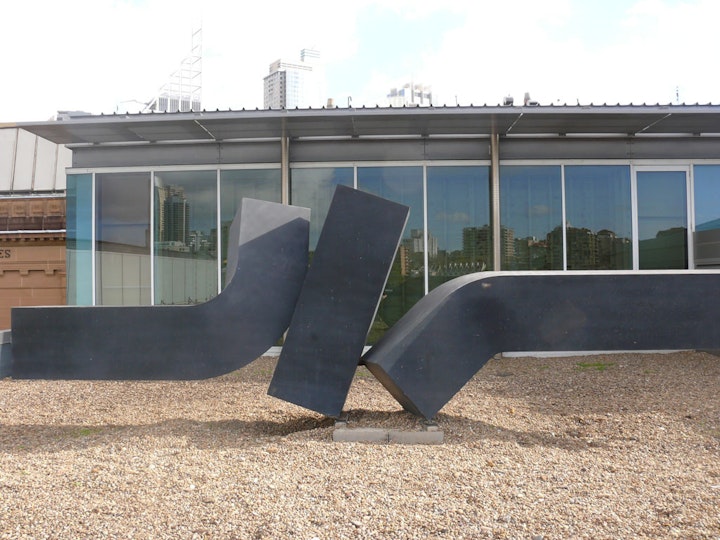
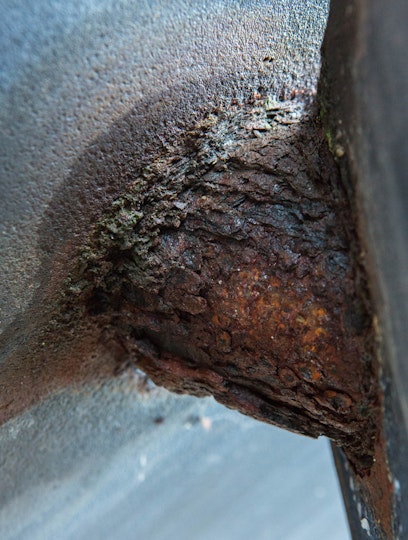
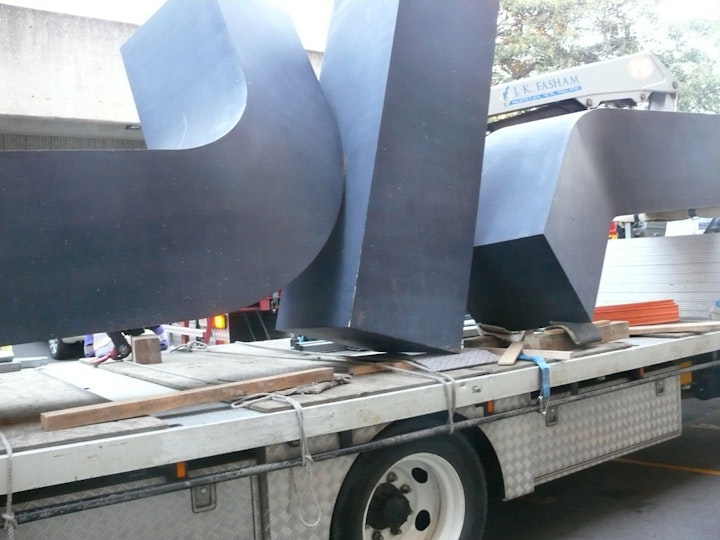
In June 2014, Flippant flurry was craned off the Gallery roof and put on a truck for Melbourne. If you look closely, you can see the spots where the zinc under-layer is showing through.
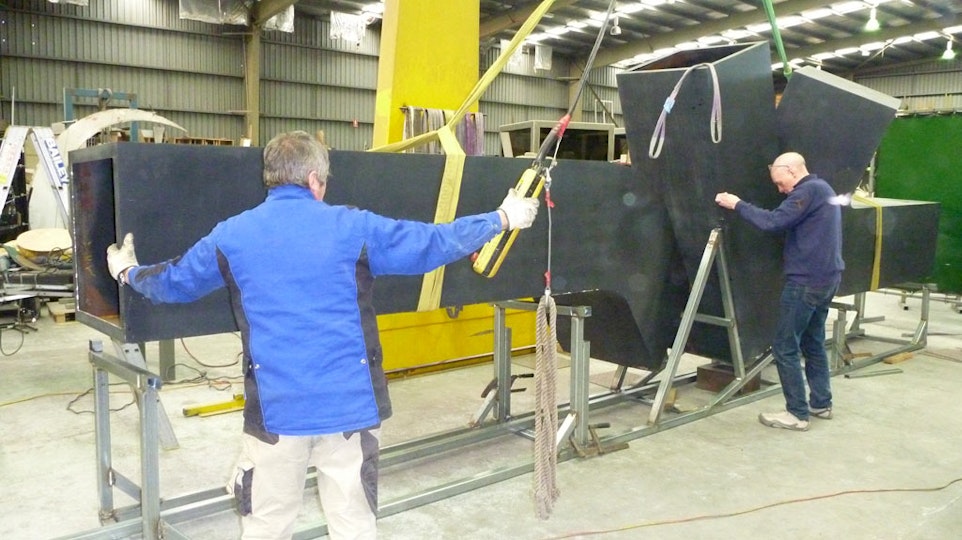
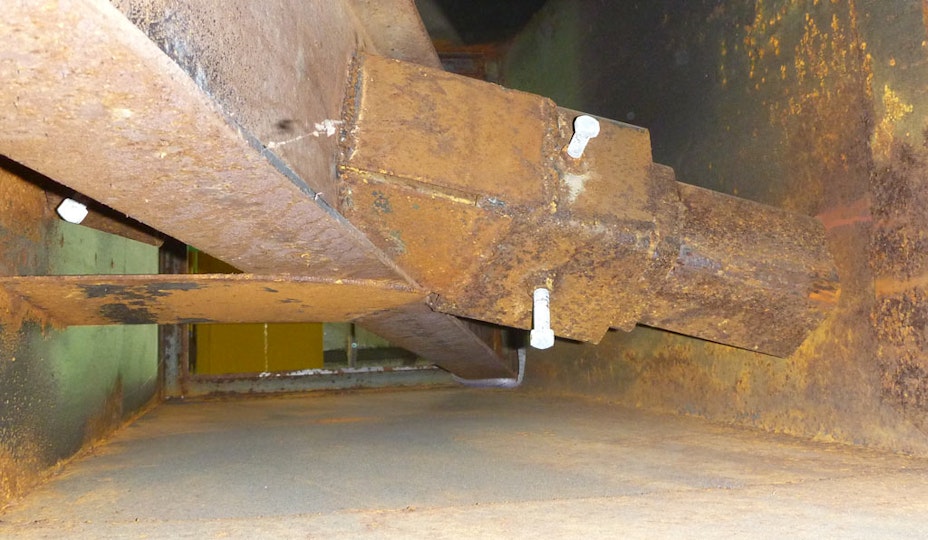
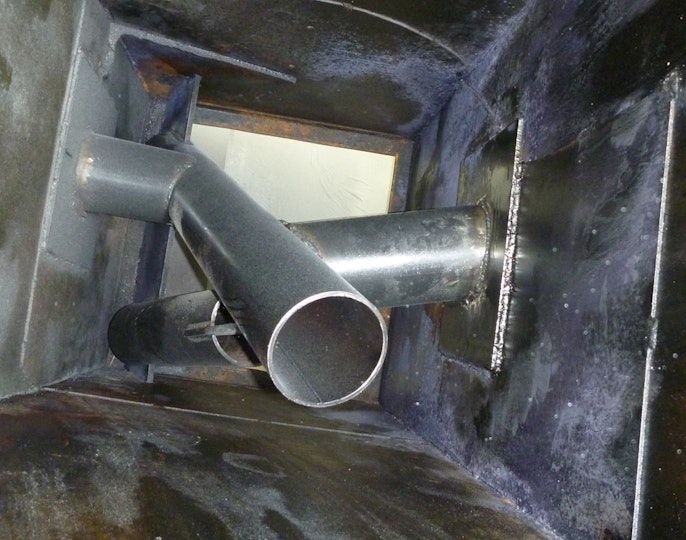
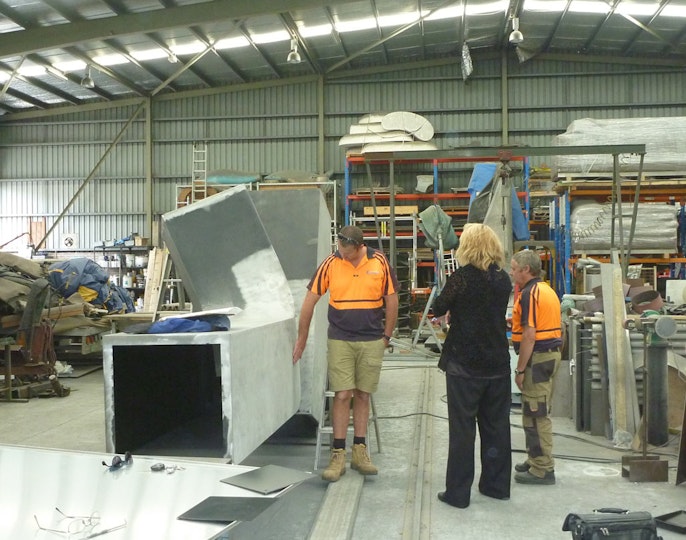
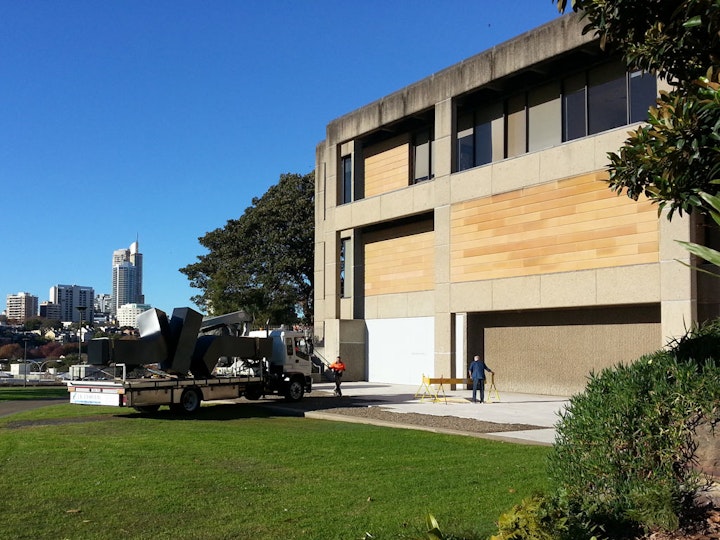
On 12 May 2015, the newly restored Flippant flurry returned to the Gallery.